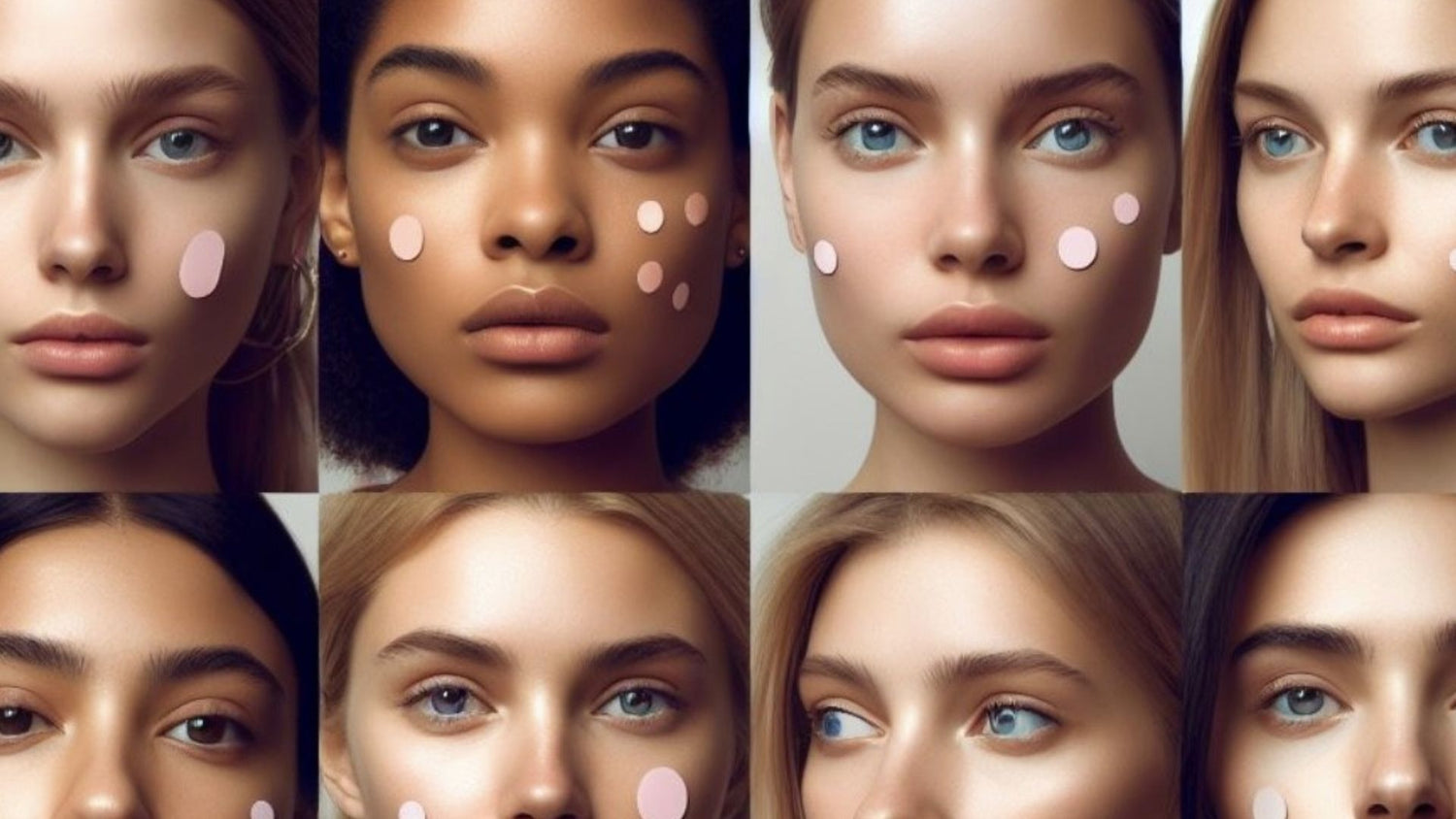Unwanted pigmentation problems, like brown spots or splotchy skin, have many causes and can occur in all skin types. Fortunately, dermatologists have investigated a variety of skin lightening methods and have developed many promising treatments.
Depending on the severity and extent of the pigmentation problem, a dermatologist can tailor a patient’s treatment based on his or her individual skintone and the treatment may include a single therapy or a combination of one to two therapies.
American Academy of Dermatology Expert
Information provided by Valerie D. Callender, MD, FAAD, a board-certified dermatologist and associate professor of dermatology at Howard University College of Medicine in Washington, D.C.
Sun Damage Causes Pigmentation Problems in Light-Skinned Individuals
The main cause of dark spots in light-skinned individuals is sun damage. Years of sun exposure can result in spotted hyperpigmentation, a condition marked by increased pigment production that results in patchy skin color or a blotchy complexion.
The extent of sun damage depends largely on a person’s skin color and their history of long-term or intense sun exposure. To treat pigmentation problems due to sun damage in lighter-skinned individuals, Dr. Callender recommends the following:
– Dark spots from early sun damage occurring in light-skinned individuals tend to be more superficial, affecting only the top layer of skin. Dermatologists commonly recommend topical hydroquinone or retinol (an over-the-counter form of vitamin A) as the treatment of choice.
– When topical therapy fails, superficial chemical peels containing salicylic acid and glycolic acid may be sued in combination with topical therapies to enhance results and improve the skin’s appearance.
– Intense Pulsed Light (IPL) devices and Q-switched lasers also may be used alone or in combination with topical therapies to selectively target dark spots. Lasers and IPL devices should only be used by or under the direct supervision of a physician.
– Daily sun protection with a sunscreen that provides broad-spectrum protection from UVA and UVB rays and has a Sun Protection Factor (SPF) of 30 or greater is essential in preventing further sun damage and resulting dark spots.
Dark-Skinned Individuals More Prone To Hard-To-Treat Pigmentation Problems
Two of the most common pigmentation problems that occur in people with darker skin tones are melasma and post-inflammatory hyperpigmentation. Melasma is a patchy brown discoloration that occurs on sun-exposed areas of the face and is commonly referred to as “the mask of pregnancy” because it often occurs during pregnancy. While those with light skin also can develop melasma, the condition is more common in dark skin. Because a deeper skin layer (the dermis) may be affected, melasma can be difficult to treat and requires a multi-faceted treatment regimen.
Post-inflammatory hyperpigmentation (PIH) is a condition in which an injury or inflammation to the skin causes increased pigment production. PIH occurs in darker-skinned individuals and, like melasma, can be difficult to treat when it involves a deeper skin layer. The most common cause of PIH is acne, but it also can result from psoriasis, a burn, or an injury. It is important to address the underlying cause of the pigmentation problem.
For example, to treat PIH due to acne, Dr. Callender recommends treating both problems simultaneously with topical retinoids, a group of medications derived from vitamin A. These medications are available by prescription and include tretinoin, adapalene and tazarotene. People with melasma or post-inflammatory hyperpigmentation can benefit from the following therapies:
– A combination of over-the-counter topical products containing active ingredients such as soy or niacinimide have been found to help brighten the skin and can be used daily.
– For melasma, hydroquinone therapy is used as a mainstay treatment.
– Darker-skinned patients resistant to over-the-counter therapies may be good candidates for microdermabrasion or chemical peels in addition to topical therapy.
Combination chemical peels, which contain higher concentrations of active ingredients than those used for lighter-skin tones, allow the active ingredients to reach the deeper, affected pigment. Some of the active ingredients currently used for darker-skinned individuals include salicylic acid, lactic acid, resorcinol, kojic acid, mandelic acid and tretinoin.
– Non-ablative fractionated lasers and very low level Q-switched Nd:YAG lasers can be used in difficult to treat or resistant cases.
– Daily use of a broad-spectrum sunscreen with an SPF 30 or greater is highly recommended to prevent further darkening of the skin. Dr. Callender noted that the newest sunscreens are not as opaque or difficult to apply as in the past and are working well for darker-skinned patients. Dr. Callender noted that new therapies are under development and are expected to help treat discoloration in the future.
American Academy of Dermatology Expert Advice:
“The experience of a board-certified dermatologist is vital in treating patients of color, as clinical expertise in this area is critical to a successful outcome,” said Dr. Callender.
“While chemical peels and lasers can be used safely on darker skin tones, aggressive combination therapy may cause a higher risk of side effects. For this reason, caution must be used because any trauma to the skin can cause further post-inflammatory hyperpigmentation.
“While treating pigmentation problems can be challenging, there are many safe and effective treatments available with others on the horizon,” said Dr. Callender. “Anyone who is experiencing changes in their skintone should see a board-certified dermatologist for proper diagnosis and to start a customized treatment regimen.”
For more information, visit www.aad.org.
Is hyperpigmentation a skin issue that affects you? What type of skintone do you have, and how do you treat your unwanted dark spots? Let us know by commenting below (you just might win a free sample)! Make sure to check out our Pinterest page by clicking HERE! And don’t forget to get the latest beauty and skincare news by following us on Twitter @BeautyStat!
For more giveaways and contests, sign up for our newsletter HERE.
If you like this post, share it with your friends and give it a LIKE on Facebook.





